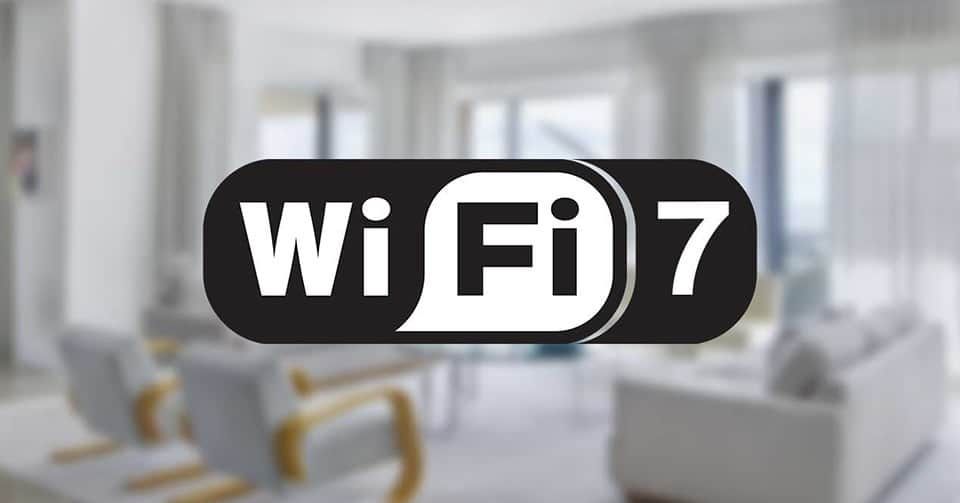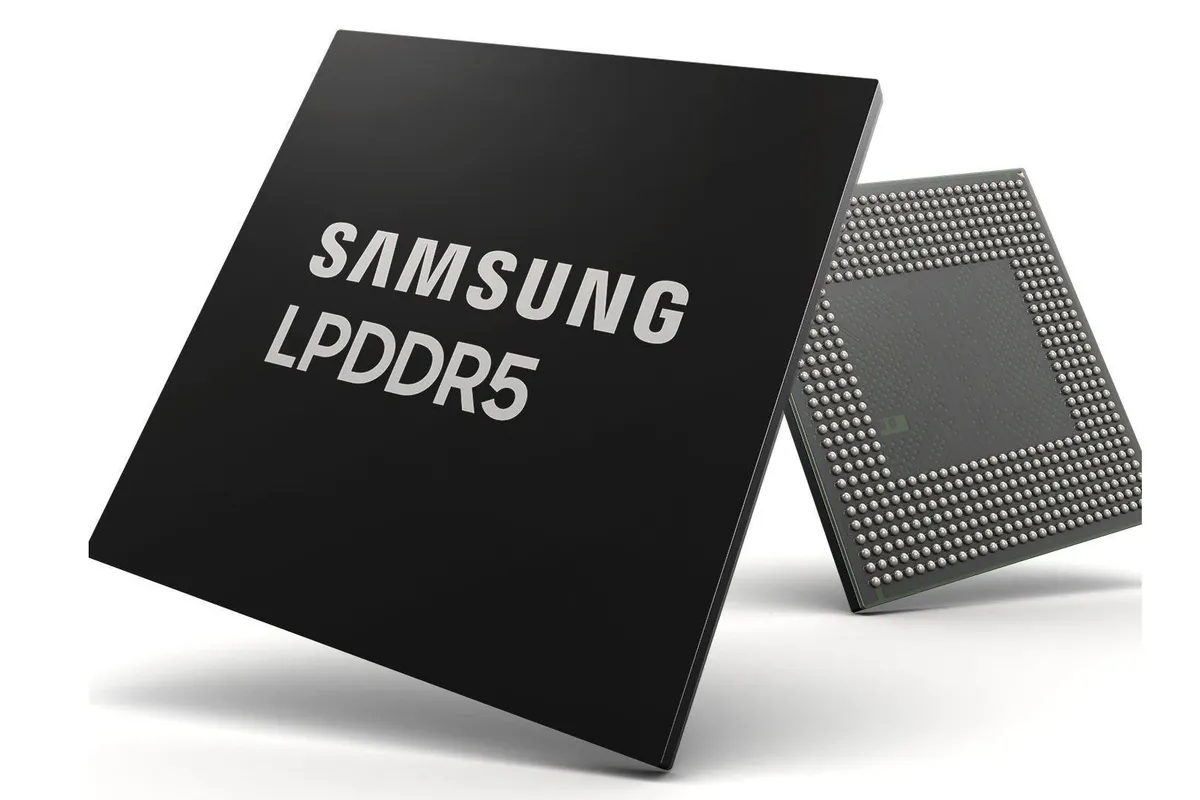It is one thing to declare a technology to be official or to be coming to market but it is quite another thing to actually put that technology into use. Those of us who have spent more time in this world are accustomed to it, but it is still important to keep it in mind occasionally. In reality, WiFi 7, the most recent standard for wireless connectivity in the home, business, and beyond, recently made it happen.
Despite the fact that WiFi 7 is official, it actually "doesn't exist" in its finished form. The specification is still in draft form. Once finished, they shouldn't differ significantly from the current version, but they do. And in the meantime, MediaTek unveiled the first processor in the world that supports it. Because WiFi 7 is already available thanks to the Dimensity 9200.
Wifi 7: Big improvement over WiFi 6E

WiFi 7 is still in the draft phase, as we've already mentioned, so it's not entirely final yet, but it won't change much before it's expected to be ready in March 2024. However, MediaTek has already begun to support it, and it's likely that other products will soon be available on the market.
WiFi 7, also referred to as 802.11be in more technical circles, has the potential to completely change how wireless connections work in the home. The truth is that it promises to be able to multiply the current speeds displayed by WiFi 6E, the newest and fastest in the market, by four, aside from issues that touch various areas of the signal.
The 6GHz spectrum will be fully used with WiFi 7, as was already the case with the upgrade from WiFi 6 to WiFi 6E, but each channel's breadth will also be increased. The channels will range from 160MHz to 320MHz, according to WiFi 7's current specification, which may not alter much once it is officially released. Additionally, WiFi MIMO will be two times higher, giving us a total of 16 data flows.
To attain 48Gbps, use channels that are twice as broad, three frequencies at once, and double MIMO.
What's new?
The modulation of the signal will also change with WiFi 7, and we will have 4096-QAM and OFDMA. But the maximum speed data, always hypothetical and under very specific circumstances, are the most destructive. And the ones that encourage us the most to desire WiFi 7 to exist. Since Intel has previously stated that WiFi 7 will be capable of a 48Gbps transmission rate. For reference, USB 4 provides 40Gbps. Less than 8Gbps over cable.
The WiFi 7 standard, which is now in use, refers to this super-speed as MLO, or Multi-Link Operation. This system enables simultaneous use of the 2.4GHz, 5GHz, and 6GHz channels through a type of channel aggregation. The maximum speed of WiFi 6E today will be four-time higher when all of them are in use together. And indeed, it appears that it will arrive earlier than 2024, as predicted. At least, it is what MediaTek intends.

More bandwidth, more speed, less latency
WiFi 7 will adhere to the spectrum that WiFi 6E is currently using. Which extends up to 7.125GHz, or the entire 6GHz band. But in addition to this, which is also available, there will be improvements in the channel width.
The network's response time will be one of the factors that will enhance with the introduction of WiFi 7. Because this aggregation of channels in WiFi should ensure that latency is lower. By allowing data packets to transfer on several channels at the same time. We repeat, all features mentioned above should be available on WiFi 7 sometime around 2024. We'll check to see if the predicted dates will be met. And we'll see real products using Wifi 7 standard in the market.






Place comments
0 Comments
You are currently seeing only the comments you are notified about, if you want to see all comments from this post, click the button below.
Show all comments